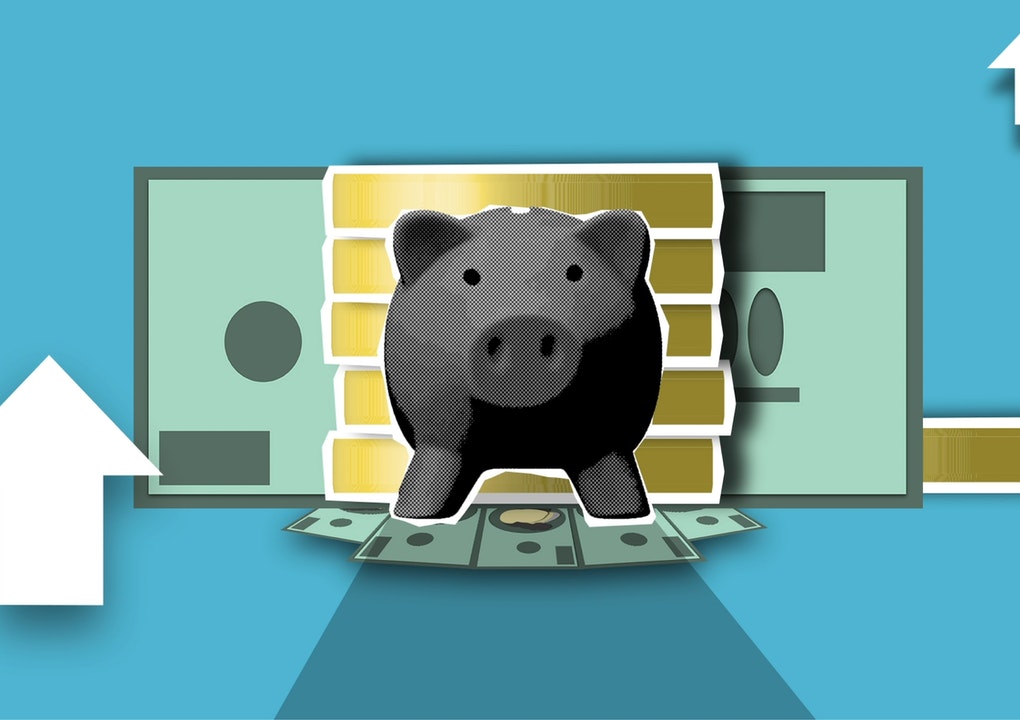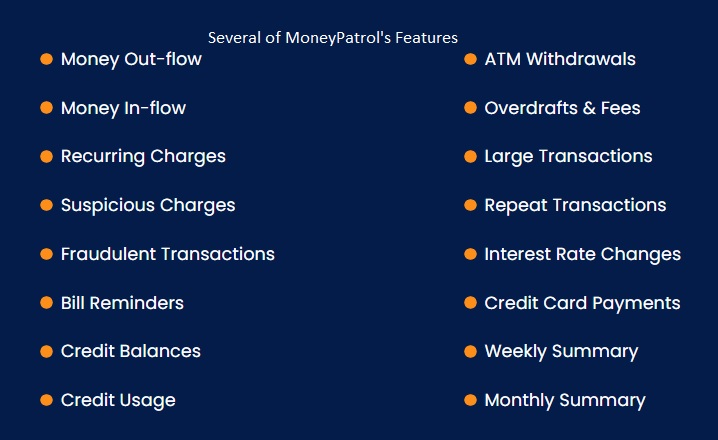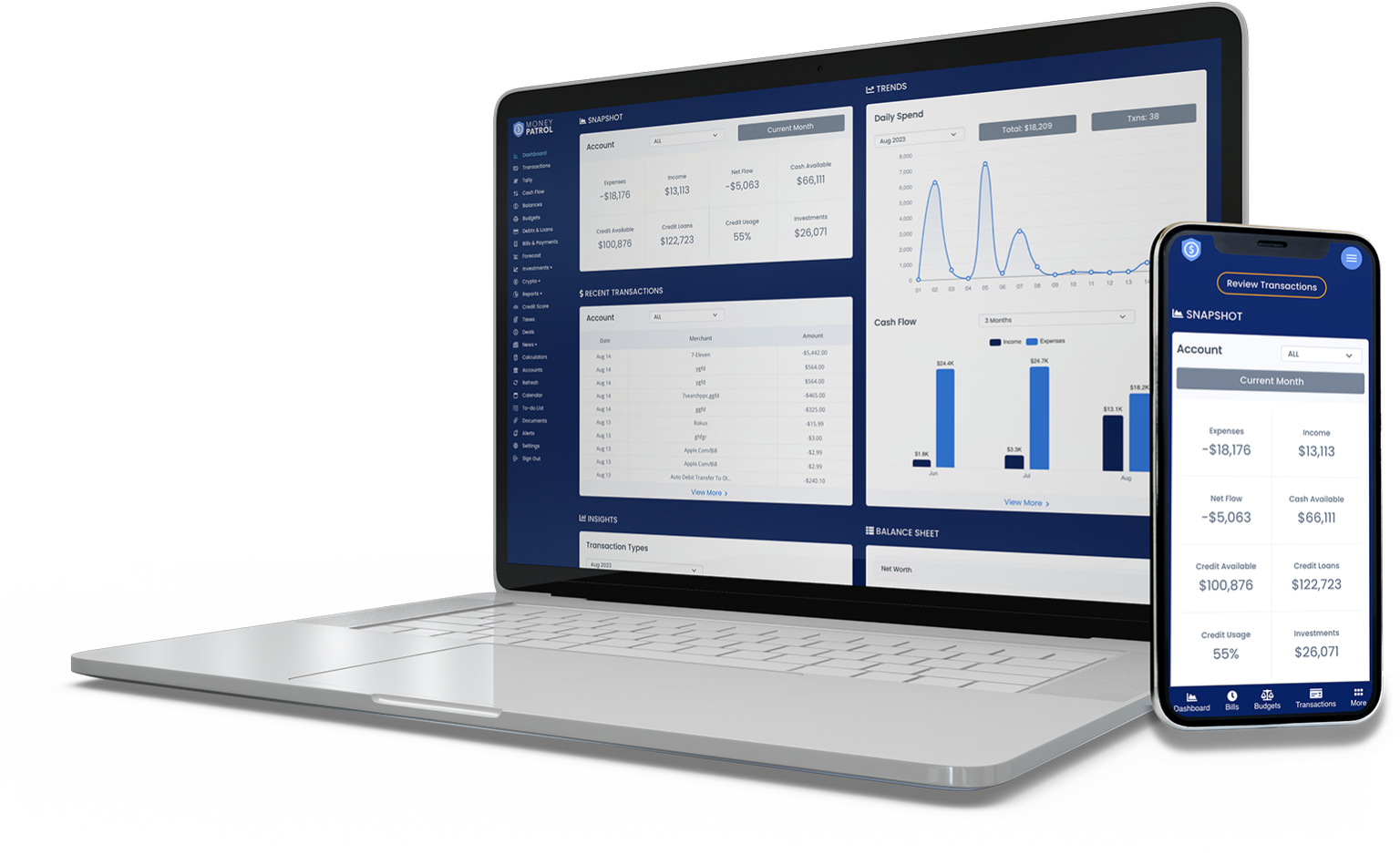A certificate of deposit (CD) can help you increase your bank profits, but it requires you to lock your money away for months or even years to earn interest.
- A CD laddering approach can help you maintain some flexibility while ensuring some cash flow and maximizing your earnings. It entails purchasing several CDs with maturities spread out over time.
Long-term CDs offer higher interest rates since you’re taking greater risk with lending rates and cash flow, so a giant CD ladder should yield you a little more; however, if interest rates rise soon once you set up the long ladder while low rates, you may lose money.
- Decisions are made based on your timing requirements and how the future develops. The majority of people give up after 3 – 5 years.
If you’re going to invest for the long term, you should feel safe locking your money away. It’s a good idea to talk to a professional financial planner about long-term methods to help you achieve your objectives.
- A CD ladder can be a permanent part of your entire financial strategy. CD ladders, as low-risk investments, can help you anchor more volatile investments, mainly if your ladder includes at least one long-term investment.
1. What is a CD Ladder?
An investment approach where you invest in a sequence of individual CDs with staggered maturity dates is a CD ladder. You use dollar amounts to open several CDs with various maturity dates instead of locking all your money by opening one CD with a maturity date in the very distant future.
- When you buy a CD, the money is seized in your account until it reaches maturity. You can access your original investment plus the interest earned at the end of the term.
Generally, CDs offer better rates than a savings account.
It is one of the most crucial reasons for keeping your savings in a CD. It’s a very clear-cut decision, with only a slight complication, that is, choosing the term length.
The construction of a CD ladder is a lengthy effort.
- If you have to fall down the ladder and payout, early-withdrawal penalties might wipe away all of your earnings.
- Interest rates shoot up with term lengths like a five-year CD offers a superior rate than a one-year CD. And everyone wants higher rates. The only issue is that it may not be the wisest decision to lock up your money for such a long time.
You may need the money in between. Also, the rates may rise even further while you are locked into just a single rate for years.
- The bottom line is you must buy multiple CDs with staggered maturity dates. It will give you term lengths and a wide range of interest rates. When CD matures, you will renew it for the most extended term to get the highest interest rate.
If there’s a chance you’ll need the money relatively soon, a savings or money market account would be more flexible and enable penalty-free withdrawals.
Of course, no one can predict unexpected events, but before you start creating a CD ladder, try to analyze your financial situation truthfully, at minimum, for the next few years.
2. How to Build a CD Ladder?
You can avoid the inflexibility of CDs by using a ladder. You may create a timetable to enhance your liquidity while maximizing longer-term CDs that pay more interest with this method.
It is an excellent plant for the money you don’t need right now but also saves for reasonable goals like a deposit for a house or a new automobile some few years down the track.
- Let’s assume you have $3,000 to invest, and you want to make a three-year CD ladder with three rungs using that. You can choose to split the funds equally into three CDs with different maturity dates, like:
- $1,000 in a one-year CD with 1.20 percent APY
$1,000 in a two-year CD with 1.30 percent APY
$1,000 in a three-year CD with 1.50 percent APY
You may choose to reinvest or cash out into another three-year CD when the first CD matures at the one-year mark so that it offers a better yield than a one-year CD. The other CDs you initially opened will be one year nearer to their maturity date.
The length of the CD ladder is totally up to your preferences. But it would be best if you kept on replacing the maturing CD with a CD rung that is farthest away. The three-year CD ladder example above will mean buying a new three-year CD whenever the existing CD matures.
- You can get the choice to open CDs with a similar amount of money in each. However, you can also open accounts with diverse amounts of money.
- The best option depends on the current market conditions.
CD ladders aren’t the best option for liquid savings, such as an emergency fund, which should be kept in a more given platform savings account. Instead, put any extra protection you would like to generate a return on but don’t want to jeopardize more volatile investing accounts into a CD ladder.
Customers, banks, and borrowers all benefit from CDs. Customers who put money in a CD ensure that the bank will access the funds for a specific period. It is excellent news for banks, as they now have the capital to lend to clients who want or want loans.
CDs frequently provide more excellent interest rates over savings accounts as an enticement for clients because they guarantee cash for a specified period. A CD’s time restriction is an important feature.
- When you build your CD ladder, you have no obligation to open all of your CDs in the same place. It’s good to look around for the best deals on each CD term.
- Even if you decide to continue with the same credit union or bank for all CDs, you must know that you got the best deal available.

Length of the CD Ladder
The answer to this question lies in what you’re trying to accomplish with it. CDs with long maturities pay better rates because you’re taking more risk vis-à-vis liquidity and interest rates.
- Hence, longer CD ladders earn you more. However, you may earn less if rates rise rapidly after setting up a long-term ladder as interest rates is low. Decisions depend on timing needs and future circumstances.
Most people stop at five years or so. If you’re going to go long-term, you should be comfortable with locking up your money. It’s always wise to speak with a Certified Financial Planner to explore long-term strategies that fit your goals.
3. What are the Advantages of CD Ladder?
You have the option of renewing a CD or starting a new one after its term. The terms of a CD, as well as the quantities that can be deposited, are adjustable. You can easily select for a shorter period if you do not want to link up your money for years.
- The significant advantage of a CD ladder is that you can boost your overall return, and your money is more accessible.
The length of your ladder also plays a vital role here as higher APYs on the longer CDs garner more returns.
You’ll know exactly how much interest you will earn beforehand, as the rate of return is guaranteed.
You can also reinvest in a CD with a higher APY whenever a rung of your CD ladder matures if rates rise.
- You won’t have to wait for long if you need cash inflow from your CD ladder. One of your CDs would mature soon and provide liquid cash without penalty.
- A ladder will optimize cash flow in retirement when you can identify how much money you’ll need each year for meeting expenses.
You can prepare to cash out each CD when it matures yearly to supplement your income in that year rather than reinvesting and building again onto the end of the ladder.
Depicted as a folded U.S. bill, a CD ladder is a smart way to grow your money. It increases your savings to your advantage in two ways. First, it offers you more liquidity, which means you can get cash quicker than locking all your money into a single CD.
You won’t be able to withdraw any money before the maturity date without paying the penalty once you set it up. The next maturity date may be very close, so you can get some cash penalty-free if some emergency arises.
At the same time, you are earning higher interest rates on your money. Hence, all of your CDs will be reaching the high-interest rates available at the time of renewal.
Different financial organizations offer CDs with various maturities and terms. Investors can discover a CD that matches their specific demands thanks to the variety of CDs available.
- Certificates of Deposit (CDs) are a good option for consumers who want to save money while earning a high-interest rate. They are not just to help save money, and they also allow you to make extra interest without putting in any additional effort.
- When funds are too liquid, it is too simple to spend; therefore, CDs can be an excellent strategy to keep you from buying things you don’t need, especially if you’re prone to impulse purchases.

4. What are the Disadvantages of CD Ladder?
CD laddering isn’t appropriate for every application. Suppose you aim to invest long-term, more aggressive assets, such as equities, which will often yield higher returns. CDs are entirely risk-free, so they’re suitable for short-term cash demands.
However, suppose you believe you’ll be able to maintain to re-invest your CD ladder continuously. In that case, it’s a good idea to look at stock options to enhance your overall returns — again, provided you don’t need income.
- A significant downside of a CD is that you may miss out on earning a higher return than more aggressive investment types, like bonds or stocks. CDs are not well-known for offering the highest interest rates due to their guaranteed return.
If your goal is to build long-term wealth and earn more significant returns, you should probably consider other investments with tremendous growth potential.
CD ladders are helpful when interest rates rise along with term lengths. If interest rates are holding steady, they start making perfect sense. But you wouldn’t want to be stuck in a long ladder if interest rates flip so that they are higher for shorter CDs.
A similar thing happens if interest rates are rising.
- On the other hand, you will be glad to be on a ladder where your money is locked in for many years if interest rates fall.
- It is very much safe to say that CD ladders are a hedge. They might or might not maximize your earnings. But they can certainly keep your money liquid.
Also, if you make a mistake and require money on a different schedule than how you set up the CD ladder, you may be subject to early withdrawal penalties.
According to the bank, this might cost you multiple months or possibly another year or more within interest, which is an expensive mistake you should avoid at all costs.
- A certificate of deposit is often thought of as a low-risk investment. However, you have to lock away your money for a certain period. You might miss out on the best interest rates available if you buy short-term CDs that mature in one year or less.
The highest rates are generally paid on long-term CDs, like three-year or five-year CDs.
- With these benefits and drawbacks in mind, it’s reasonable to conclude that the benefits of CDs usually outweigh the drawbacks.
CDs are a convenient way to grow your savings. With the help of web tools, you can evaluate various types of CDs and pick one that best meets your needs.

5. CD Ladders as an Investment Tool:
CDs present a relatively safe investment option. The rate of return is guaranteed. However, you sacrifice the possibility of better returns in another investment with price volatility and more risk.
Generally, a CD laddering strategy might be a good option for short-term savings goals.
- However, beating inflation in the long term cannot be achieved. Although CDs are a conventional choice, playing it too safe might also hurt your portfolio if the returns don’t match the rise in inflation.
That’s why it’s diversifying your portfolio must be considered even if you’re very risk-averse.
A CD is often more beneficial to the financial institution than a savings account because the CD customer cannot remove money as freely as a savings account holder. As a result, the interest rate on a CD is higher than that on a regular savings account.
- Investors can be confident that they will receive a specific yield at a particular time. Even if interest rates fall across the board, the CD rate is expected to remain unchanged.
You’ll be able to predict how quickly your balance will grow, making financial planning a breeze.
6. Conclusion:
It’s critical to keep track of your ladder’s maturity period. Some banks renew CDs regularly. You wouldn’t want to be shackled to terms that aren’t in your best interests or ladder plan.- Banks are also in the money-making industry. As your CDs approach maturity, you’ll undoubtedly be bombarded with sales pitches from frantic bank personnel planning to sell you on various investment options that may or may not fit your long-term objectives. However, if the switches they recommend will undo your ladder, don’t make them.
- When it comes to CDs, how long do they last? The period (term) you choose is essential when you first start a CD. Depending on the time investment and interest rate desired, it might range from a 6-month to a 5-year CD or even longer.
- Of course, the longer you keep your money in a CD, the more money you get from the bank in the form of high interest and compounding interest. Generally, the longer the time, the more money can be saved.







 Our users have reported an average of $5K+ positive impact on their personal finances
Our users have reported an average of $5K+ positive impact on their personal finances
